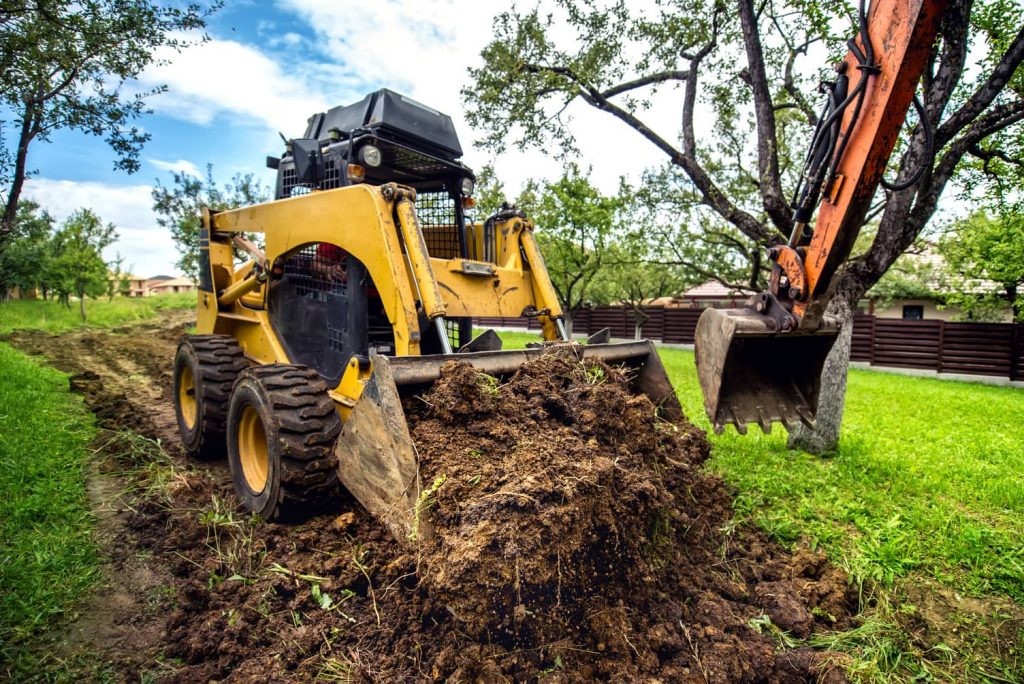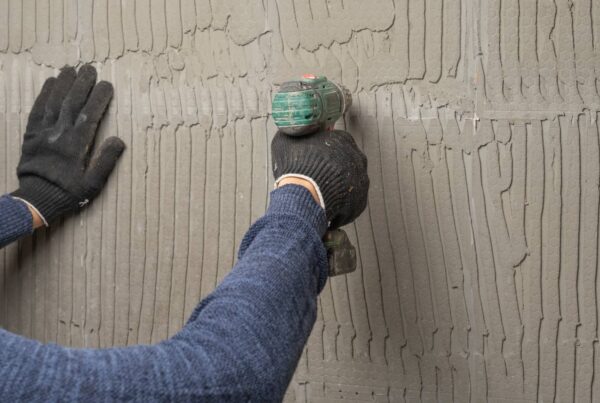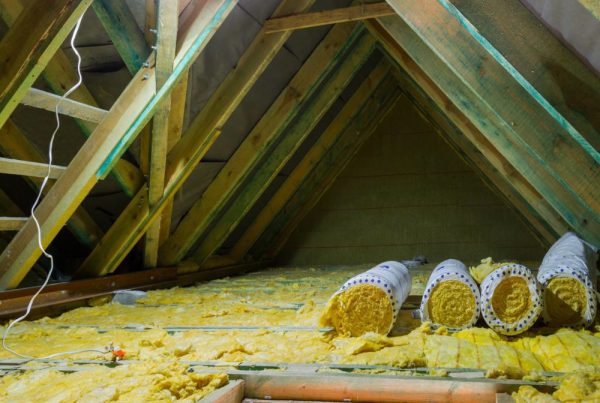
Most homeowners do not consider the foundation when it comes to grading their yard. When buying a house, most just assume that the yard is constructed as it is supposed to be constructed. Also, it is rare for a homeowner to check the yard for erosion or pooling/puddling of water around their homes’ foundation. How much foundation should be exposed above grade? Most foundations have a 6-inch exposure after grading is completed.
Let’s take a look below at more specifics regarding your home’s foundation and yard grading.
Why Is This Important
If you don’t have a proper grading of your yard, then water can collect around your foundation. Make sure that you inspect all areas around your home, such as paved areas, the garden, your lawns, and all other landscaping. In addition, all areas have proper grading, and slope away from the foundation of the home is key.
What Is My Foundation Height
Believe it or not, the height of your foundation is fairly tall. In addition, the foundation exposure against the grading of your yard should be around 6-inches. Make sure that the building contractor or your new landscape contractor leaves at least 6-inches of foundation exposure. Also, this allows the homeowner to keep track of any foundation damage like cracking. This also protects the foundation from water getting into the home as the elevated gradient keeps the water flow down the slope.

How Does This Work
In addition, when grading your yard around your foundation it can be fairly simple. Keep in mind that it will require a contractor. This is because they have heavy machines that quickly move dirt and soil. Let’s take a look at what they would do to create your grade:
- Create a rough grade after you have backfilled the area around the foundation of the home. This prevents water from pooling against the foundation and allows water to drain away from the home. You want to make sure that the contractor leaves 8-inches of exposed foundation from the bottom of the exterior finish to the final grade of landscaping.
- Every home site has a local building code that the builder or contractor must meet. A rough grade should have a minimum of 6-inches within the first 10 feet from your foundation. This is good enough to create a slope that allows water to drain away from your home.
- Most slopes will be on a 2 percent grade. Swales that are on a 2 percent grade allows large amounts of rainwater to flow away from your home and into a storm drain.
- Now that you have a rough grade, make sure to remove any excess debris from the area around the home.
- A final grade can now be completed with a minimum of 8-inches of foundation exposure.
- Use the slope that has already been created in the rough grade to continue sloping your new soil and grass away from the home. This must be done on the sides, front and back of the home. You will slope the soil from the sides and back of the home into the swales already created. Make sure that the front walkways are not too high and they aren’t blocking the water from leaving the yard.
How Much Does It Cost
Keep in mind that grading or regrading done on your yard can be quite costly. However, it is a must investment as you work to keep the foundation from being too exposed to environmental factors. Also, most contractors will charge you $1,000 to $4,000 for grading. Usually, this is done to ensure that all slopes are moving away from the home and to prevent flooding.
Other Recommended Maintenance
If you are having an issue with the grading of your yard, this would be a great time to read up on how to fix a negative grading. There are some landscaping tips and contractor tips that can help you determine what type of grading project you would like done. Every home and location is different and so select the grading project that works best for your home.
Now that you have tackled your negative grading situation, go ahead and begin working towards what to put around your foundation. Making sure that the right plants and shrubs are installed around your home’s foundation can ensure that flooding is minimized and your foundation stays structurally sound.
Finally, start placing your mulch around the newly planted landscaping. Make sure that you are using mulch that keeps the bugs away. Keep in mind that some variations of mulch attract termites and other insects. Be sure to read up and choose wisely.

When Do I Call A Professional
Calling on a professional to fix your grading is important. Also, making sure that the right amount of foundation is exposed can be vital. When it comes to your foundation, you will want to get the project done correctly. Be sure to reach out to your local home inspection team to ensure that the builder or seller has the correct amount of foundation exposed. You wouldn’t want to purchase a home that has not been properly graded.
Conclusion
Understanding of how much foundation should be exposed above grading, allows you to begin to evaluate the yard around your home. In many cases, you don’t have the time or energy to walk around the home. Always call on your local home inspection team. Inspecting the foundation and the grading of the yard allows the inspection team to refer a reputable landscaping contractor to handle any re-grading needs. Reach out to Atkinson Inspection Services in Altamonte Springs & Surrounding Areas in Central Florida.



